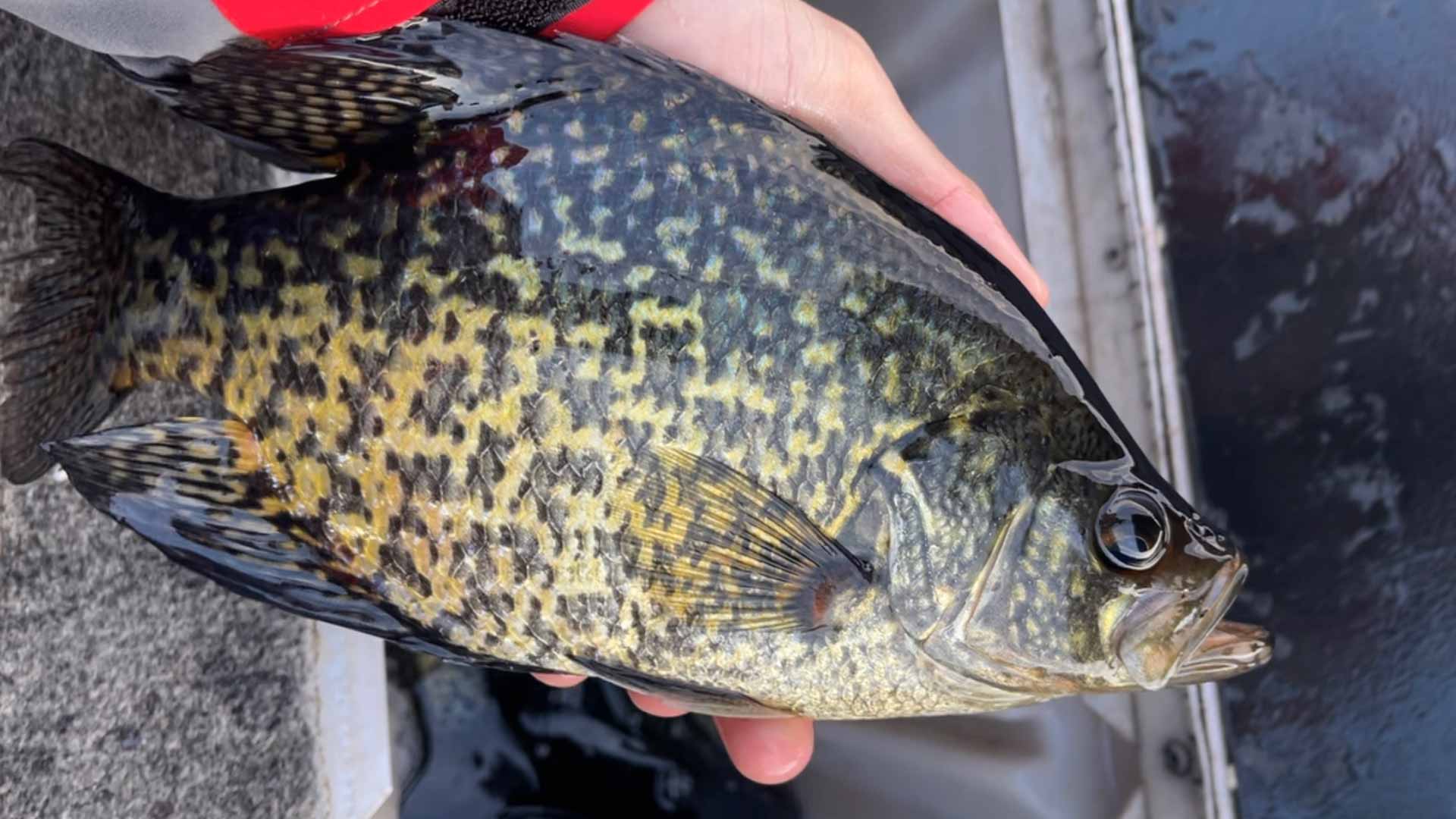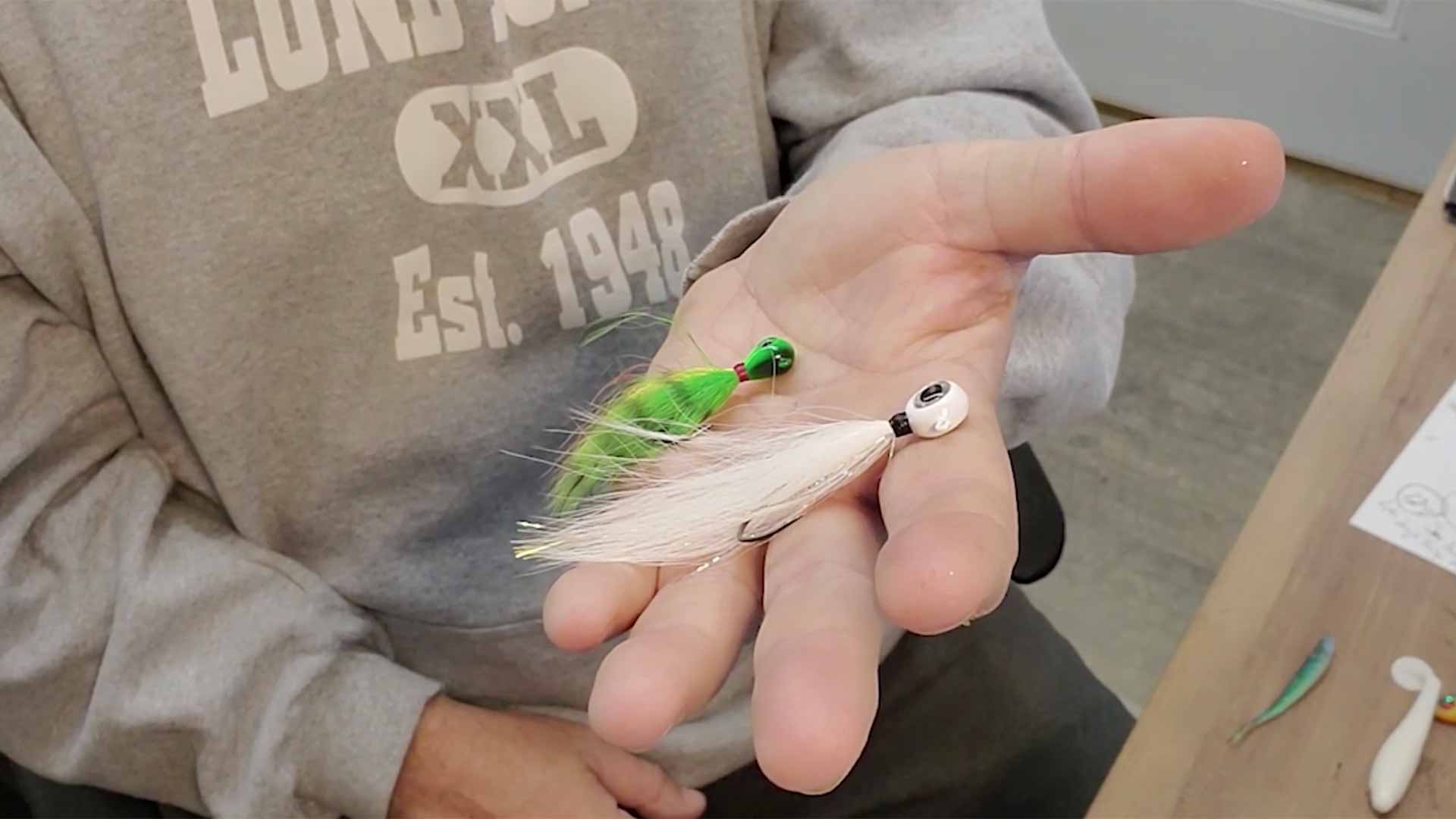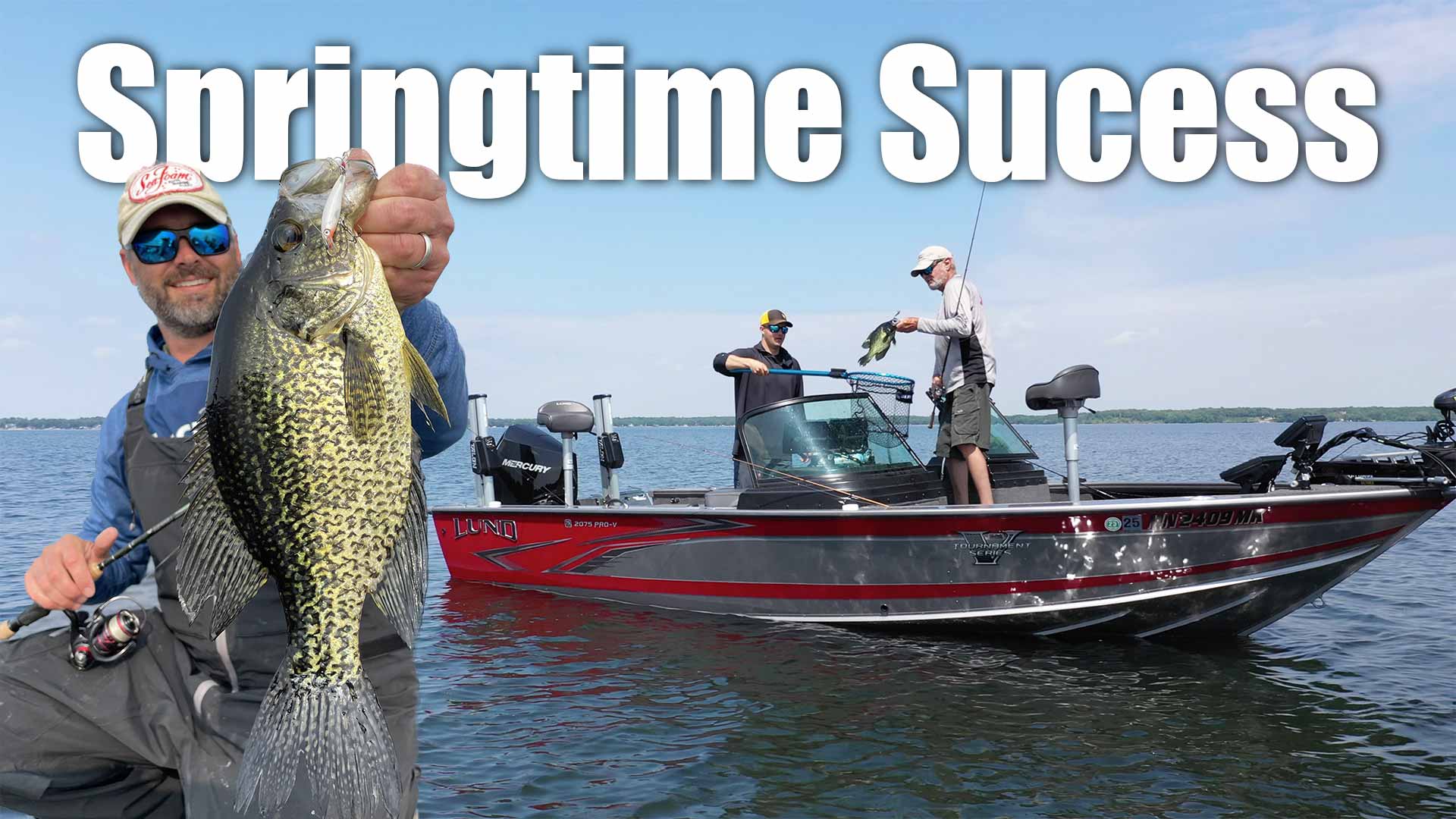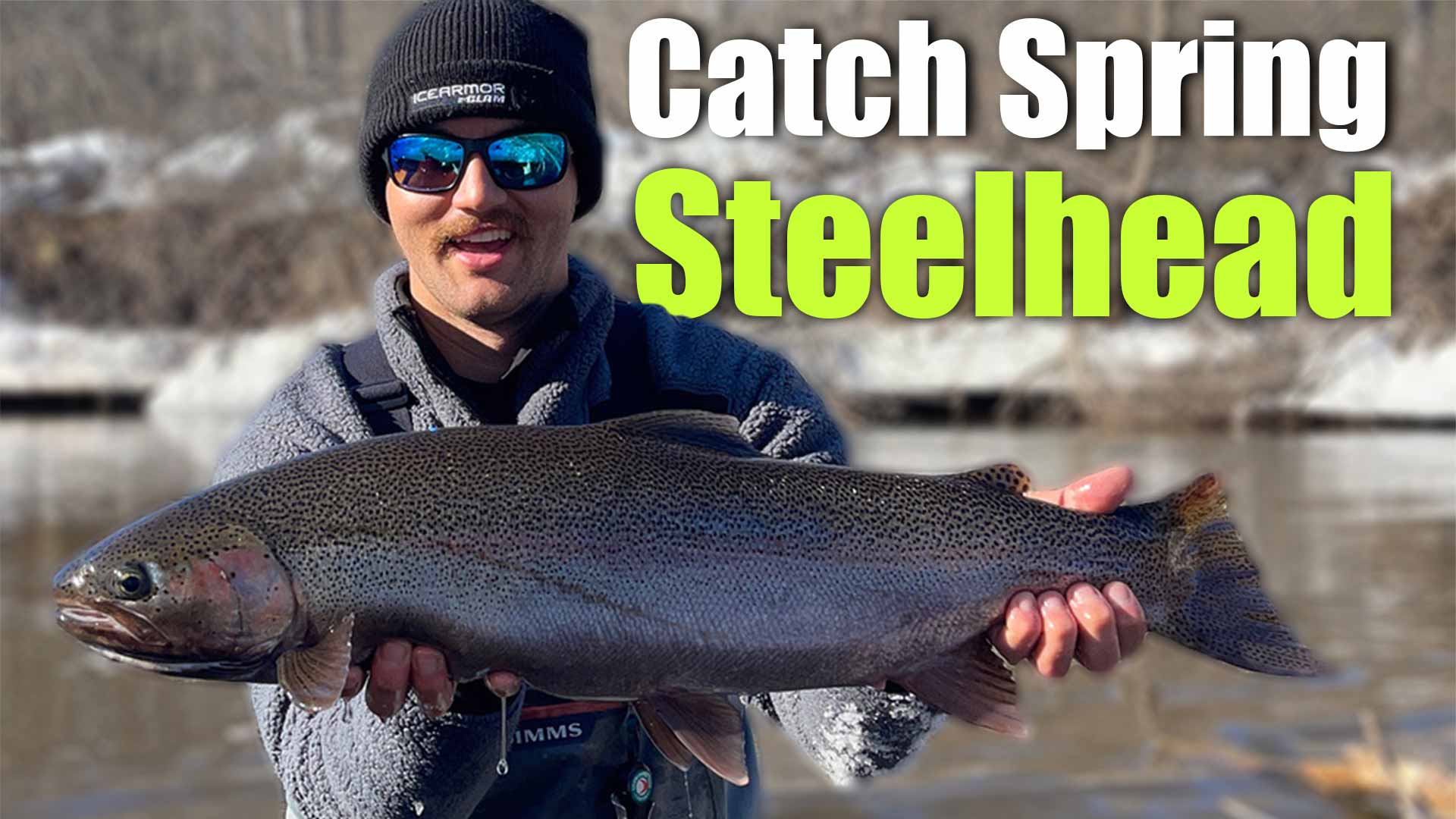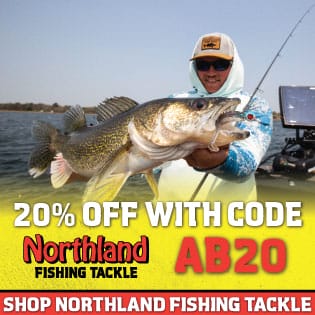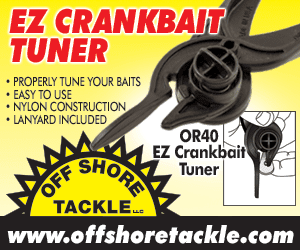It’s prime time to don your waders in pursuit of fall-run steelhead and brown trout in the Great Lakes tributaries across the Midwest.
Fall Steelhead and Brown Trout in Rivers
All across the Great Lakes region are tributaries that have been blessed with fall runs of steelhead and brown trout.
The fall run can start as early as July, but typically reaches a peak during late October into early November. Brown trout, in fact, have likely been in the rivers for some time, following spawning salmon upriver in early fall to feed upon stray salmon eggs, flushed out of spawning redds by current.
Steelhead, typically enter streams in numbers starting at the end of September; although there are some rivers that have summer runs.
Both species may inhabit key river stretches like holes, large eddies, and below dams not just this fall, but throughout the winter months, beneath the ice.
Throughout the fall you can access them on foot, using insulated waders to walk out into the river below riffles and along outside river bends where slightly deeper water concentrates fish. Look for fish on the backside of current breaks like big boulders or fallen trees.
Stealth and patience are essential, because the fish are easily spooked. In fact, it’s always best to stand on shore for a few minutes, observing the surface looking for the telltale signs that fish are present. Swirls from fish rising to snatch insects off the surface, or fins briefly slicing above the surface as fish reposition or swim upcurrent often reveal their location.

Steelhead anglers typically fish with finesse bobber rigs, baited with spawn sacks filled with salmon or trout eggs. Most anglers collect their eggs during the salmon run.
Pre-tied sacks can be refrigerated in advance, and placed in small Tupperware containers for easy access with cold fingers. Or, mesh spawn sacks can be tied on site, customizing the mesh color and amount of eggs to suit the bite. If eggs are not available, try substituting waxworms, nightcrawlers, or small soft plastics for egg sacs, threading them onto the hook.
Use slender balsa or plastic floats to suspend a #6 or #8 sized VMC Octopus hook baited with a spawn sack, allowing it to drift downcurrent just above bottom. Jigs should have premium, strong wire hooks to stand up to battling big fish.
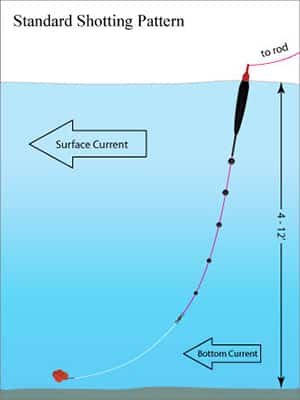
A six to eight pound test fluorocarbon leader, attached to a main line of 10 to 20-pound-test braid via a small barrel swivel, enhances the baits natural appearance.
A series of small split shot place on the line and leader beneath the float, tailored to depth and current, delivers a stealthy, natural drift to waiting fish.
Experiment with different colors ranging from bright fluorescent colors to glow, black or even plain, dull lead. Establishing a productive combo can make all the difference between no response and success.
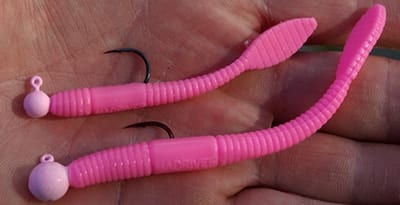
Ten to thirteen – foot spinning rods help deliver long casts, steer drifts along current seams and cover, set the hook with authority when the bobber twitches or sinks, and effectively fights large, fast, powerful fish on light line.

